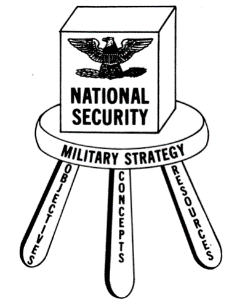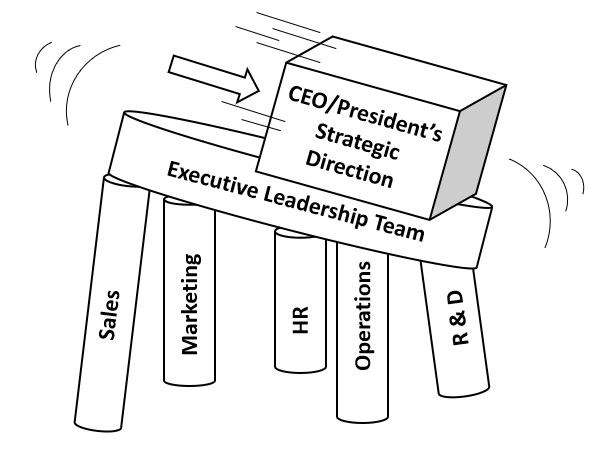Build Inspired, Compassionate, Mission-Driven Leaders Speaking Consulting Coaching
Speaking

TOPGUN
TOPGUN Lessons Learned: TOPGUN strategies to be the top 1% in your marketplace
Graduating from TOPGUN wasn’t just a rite of passage and it wasn’t just a check mark along a career path. It was a validation of hours upon countless hours of hard work, introspective reflection, and attention to detail that is beyond reproach. It also came with an almost mythical charge to hold yourself and all those around you to the highest of standards.
In addition to the tactical instruction, I also learned what it meant to wear the TOPGUN patch and to be a TOPGUN grad. The lessons I learned at TOPGUN and the ways of conducting oneself as a TOPGUN grad hold true in Naval Aviation as well as in the business world. They are effective, timeless, and transformational.
In the presentation “TOPGUN Lessons Learned,” we will discuss the top five lessons (Purpose, Dedication, Humility and Honesty, Tough Love, Debrief) I learned from TOPGUN and how they can be used in business to develop and lead high performing teams. They are not hard to understand. However, they do take dedication. Let me share these lessons with your clients and their teams and show them how to become the TOP 1% in their marketplace.
Leadership Principles
Simplifying Leadership: Keys to Leading a Successful Team
Leadership happens at all levels or at least we expect that it should. But where do our rising leaders learn to be Inspired, Compassionate, Mission-Driven Leaders? What are the key principles they should follow?
In “Simplifying Leadership: Keys to Leading a Successful Team,” I will give you the leadership principles necessary to take your leadership and your team’s performance to the next level. The keys to leading successful teams are not hard to understand, but they do take commitment. Allow me to share what I have learned and experienced over the past 30 years, leading top executives and millennials alike.

Debriefing
Communications is Key: The Art of the Debrief
The mission is complete, the sale is won or lost, and the quarter is over. What comes next? Is it time to go after the next client or time to get started on the next quarter? No, it is time to have a debrief. Take this time to review what your team did right, what they did wrong, what they can improve, and what they can learn. As a military and business professional, nothing is finished until the debrief is completed.
In “Communication is Key: The Art of the Debrief,” I will teach your teams the steps and the art form of leading and conducting an effective debrief. Many companies review their productivity without ever getting to the heart of the matter. Unfortunately, they only review the surface-level causes and do not get to the root of the issue. They miss the opportunity to build best practices that can have an exponential impact on their business going forward. In addition, creating a culture of debriefing is a fundamental component of strategic leadership.
In this interactive presentation, I use a variety of stories to ingrain the steps of debriefing and to make an emotional connection of why it is so important to your team’s performance. Allow me to take your team on a journey and instill the art of the debrief.
Planning
Fast and Effective Planning: Link Tactical Actions to Strategic Direction
A senior executive once said, “We agree all the time at the executive level, but then things break down below us.” Has this happened in your organization? Believe me, this situation can happen anywhere. But why does it happen?
In “Fast and Effective Planning: Link Tactical Actions to Strategic Direction,” I will teach your teams how to plan and ensure a line of sight from the frontline employees to the strategic direction of the organization. Unfortunately, many companies do not build effective actionable plans throughout their organization, which allows their strategic direction to become diluted. Planning takes effort, but as Yogi Berra reminds us, “If you don’t know where you are going, you’ll end up someplace else.”
In this interactive and informative presentation, I use a variety of stories to ingrain the critical steps to build effective actionable plans and how to link tactical actions to strategic direction. Allow me to instill the planning processes that have served me well in combat and in the business world.
Execution
Cross-Functional Execution: Keys to Executing in an Interconnected World
Executing as an individual is one thing. However, unless we are performing as an individual triathlete or an individual salesperson, everything in this world is done as a team.
We have all heard that “we are only as strong as our weakest link.” Oftentimes, that link is how we communicate across boundaries with other departments as we work toward an organizational goal.
In “Cross-Functional Execution: Keys to Executing in an Interconnected World,” your teams will learn how to work across boundaries from a U.S. Navy SEAL and U.S. Marine Corps fighter pilot. We have worked and executed in the most demanding environments possible and we have translated those best practices for the business world. Allow us to demonstrate how the tools and techniques of a Navy SEAL and Marine fighter pilot will increase your team’s performance in an interconnected world.
Consulting
Executive Leadership Team Development: Establishing Consensus and Alignment
Arthur F. Lykke Jr. used a three-legged stool to represent the elements of military strategy that support the national security. If they are unbalanced, then the national security may be in jeopardy.
(“Toward an Understanding of Military Strategy,” in Military Strategy. Theory and Application, ed. Art Lykke, Carlisle, PA: U.S. Army War College, 1993.)



A CEO, president, and executive leadership team face the same challenges as it relates to an organization. If the executive leadership team sacrifices one area of an organization for another, then the company’s destination, as well as the CEO or president’s strategic direction, can fall to the floor.
Executive Leadership Team (ELT) development is imperative to the strategic direction and success of the organization. The ELT must align and work together to achieve a common goal. They must also fully internalize that their role as the leader of a functional area is supporting the president and the CEO’s strategic direction.
The ELT development process is a four to six week program where we establish consensus and alignment around the strategic direction. The ELT will develop strategies and plans that drive that strategic direction throughout the organization. Finally, the ELT will mold itself into a unified body so that they speak and act with one voice.
Debriefing: Uncover What’s Really Happening
I often ask audiences and workshop groups, “How many of you have seen the same mistake or repeated the same mistake in the past 6 months?” It always amazes me to see how many hands go up in the air. The real question is, “why do I see so many hands?” The answer is often because there isn’t a culture of debriefing and they only hold a “post mortem” when things go terribly wrong.
In any failure or success, there are a chain of events linked together that lead to that particular outcome. The goal of establishing a culture of debriefing is to identify these links on a regular basis. Thus, as an organization, we can repeat the good links and intercept the bad links before they lead to failure.
In the debriefing workshops, we will work together on your business. I will teach and instill the debriefing steps, the cultural dynamics required, and the leadership principles that must be present. I have always said that, “Debriefing is a teaching and learning opportunity.” It has been a constant in my success as a fighter pilot and in the business world. Let me pass that success to your teams.
Planning: Link Tactical Actions to Strategic Direction
“Six months ago, we agreed on what needed to be done, but no one is doing it.”
“We agree at our level, but then things break down below us.”
“Things just keep getting in the way of what we want or what we need to do.”
Have any of these situations happened before in your organization? Why?
During my military and business career, the question “Why?” often came back to planning. Goals were not clear and plans were created that ignored the strategic direction. Furthermore, the plans were not broken down and cascaded throughout the organization. You cannot simply tell a Marine to go win the war and you cannot simply tell your teams to go sell more.
In the planning workshop, we will work with your teams from the executive level down to the frontline. Your teams will create plans and tactical actions that are aligned, supported, and lead to success. Nothing is more frustrating than spending your time planning and then watching your projects fall completely apart. The planning workshop will produce plans that are executable and aligned to the strategic direction.
